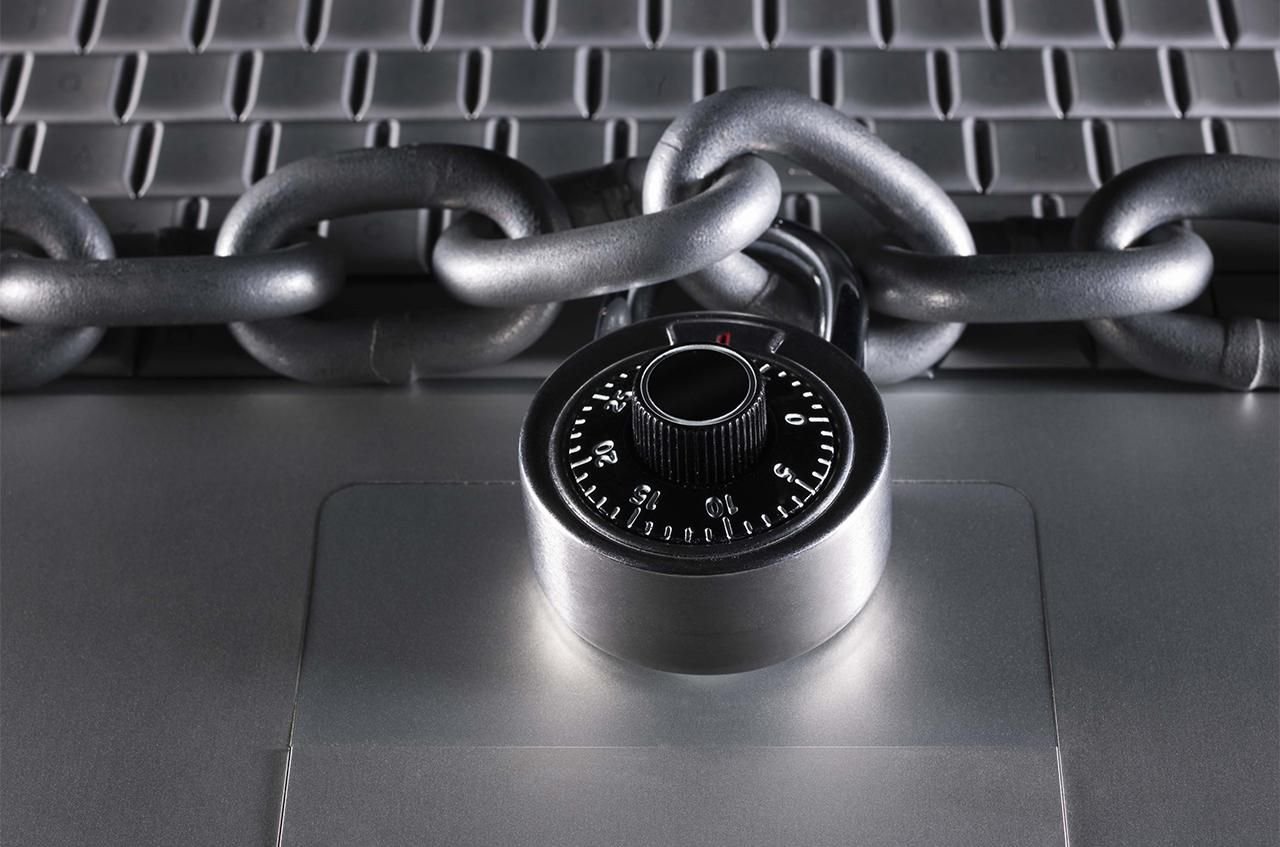A firewall is an essential security feature for any network, but issues can arise that hinder your connectivity. Knowing the right firewall troubleshooting tips can help you quickly resolve problems while maintaining your security. In this post, we’ll explore key strategies to troubleshoot firewall-related issues.

Identify the Problem Source
The first step in troubleshooting your firewall is to pinpoint the source of the issue. Sometimes, it’s not immediately clear whether the firewall is causing the problem or another factor, such as a misconfigured router or an ISP issue. Disable the firewall temporarily to see if the problem persists. If the connection works without the firewall, you’ve likely found the culprit.
Check Firewall Settings
One of the most common firewall troubleshooting tips is to carefully check your settings. Firewalls can block certain applications or services from accessing the internet. Review the firewall’s rule set and verify whether specific ports, applications, or IP addresses are being blocked. Many firewalls offer predefined rules for common services, but these can sometimes be misconfigured.
Update Firewall Software
Outdated firewall software can lead to performance issues and bugs. Make sure your firewall software is up to date. Regular updates ensure that your firewall has the latest security patches and functionality improvements. If you’re running an older version, you may also be missing out on important features that could prevent future connectivity issues.
Analyze Firewall Logs
Firewall logs can offer valuable insight into what’s going wrong. These logs track what the firewall is blocking, which can help you diagnose specific issues. For example, if a certain IP address is constantly being denied access, you may need to adjust your firewall rules. Look for patterns in the logs that could indicate misconfigurations or malicious traffic.
Test the Connection
Another essential firewall troubleshooting tip is to test the connection using diagnostic tools. Many operating systems offer built-in tools like “ping” or “tracert” to test network connectivity. By running these commands, you can see if the firewall is blocking communication between your system and external servers. If you find a specific port being blocked, you can adjust the firewall settings accordingly.
Disable Specific Firewall Rules
If you suspect that a specific rule is causing the problem, try disabling it to see if the connection improves. Firewalls often have complex rule sets, and a single misconfigured rule can lead to connectivity issues. By disabling rules one by one, you can narrow down the issue and correct the specific rule that is causing the trouble.
Check for Conflicts with Other Security Software
Sometimes, other security programs like antivirus software can conflict with your firewall diagnostics , leading to connectivity problems. Review the settings of any other security programs you have installed to ensure they aren’t blocking or overriding your firewall. You may need to adjust the security settings in either program to allow them to work together more smoothly.
Reset Firewall to Default Settings
If you’ve made numerous adjustments to your firewall over time, the best firewall troubleshooting tip may be to reset it to its default settings. Doing so will eliminate any custom rules that may be causing issues and allow you to start fresh with a clean slate. Once reset, you can reconfigure the firewall step by step, testing the connection after each change.
Test Firewall on a Different Device
If you’re still encountering problems after trying other troubleshooting tips, test the firewall on a different device. If the same issues persist on another computer or network, the problem may lie within the firewall itself. However, if the issue is resolved on the second device, the problem might be specific to your original machine, and you may need to investigate further.
Contact Support
If you’ve exhausted all firewall troubleshooting tips and the problem persists, it’s time to contact customer support. Many firewall providers offer technical assistance, either through online resources or direct contact. Their support teams can guide you through advanced troubleshooting steps, helping you to resolve any lingering issues.
Conclusion
Firewalls play a vital role in securing your network, but they can also cause connectivity problems if not properly configured. By following these firewall troubleshooting tips—such as checking settings, updating software, and analyzing logs—you can ensure your firewall is protecting your network without blocking essential connections.










